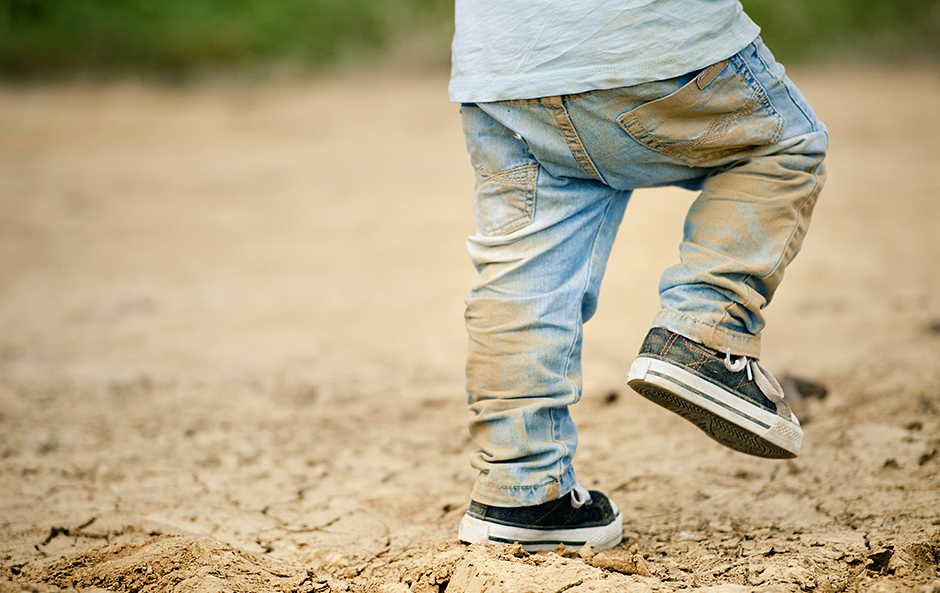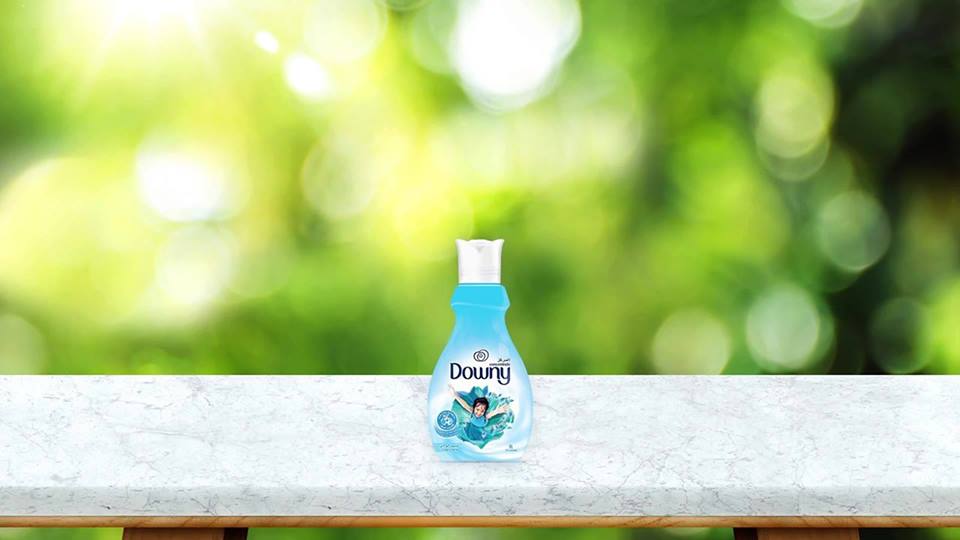How to Get 9 Types of Stains Out of Your Clothes

1.Dye stains
Fresh dye stains are the easiest to remove but very hard to get out once they’ve set in. If possible, right when the stain happens, run it under cold water and then wash it in the hottest possible setting for the fabric. Dye stains are naturally occurring vegetable dyes found in many plants and acidic foods. If you can’t get the stain out yourself, try the dry cleaner. These same cleaning methods should work for coffee, tea and ink stains — which are also dye stains.
2. Protein stains
Organic in nature, protein stains include things like vomit, sweat and blood. Treat them with alkaline stain removal solutions, which will digest the proteins. Enzyme presoak products can break down protein and help dissolve fats. Most detergents contain enzymes and can be used to clean protein stains.
3. Combination stains
Combination stains are stains from things like sauces (barbecue sauce, ketchup, hot sauce), makeup (lipstick, foundation, eye shadow) and crayons. They are a combination of the other types of stains. First, rinse off any excess from the stain with cold water. Gently rub a detergent into the stain. Rinse out the detergent, apply a stain stick and launder.
4. Ice cream and other dairy product stains
Dairy stains are protein stains because they are organic in nature (i.e., from an animal). Fresh stains should be soaked and agitated in cold water before washing. If the stain has dried, scrape or brush off any crusted matter. Soak for up to several hours in cold water with a detergent or an enzyme presoak (which breaks down protein-based stains like egg, grass and blood so your detergent can work more effectively). Launder in warm water. If the stain remains, soak an additional 30 minutes and rewash. If a colored stain remains, launder with a bleach safe for the fabric.
5. Fruit and fruit juice stains
Fruit stains are a dye stain. Launder with detergent in the hottest water safe for the fabric. Do not use soap (bar, flake or detergents containing natural soap) since soap-based products could make the stain permanent. Soak tough stains for 30 minutes in 1 quart of warm water and 1 teaspoon of enzyme presoak product. Removal of old or set stains may require washing with bleach that is safe for that particular fabric. If all the sugars are not removed, a brown stain will appear when the cloth dries or is ironed as the sugar is caramelized.
6. Grass stains
Grass stains are also a dye stain — a combination of protein and other organic matter mixed with chlorophyll, xanthophyll and carotenoids. For stubborn stains like grass, soak in a solution of cool water and a laundry product containing enzymes. Don’t use hot water, as it will coagulate the protein and make the stain more difficult to remove. If stains remain, soak an additional 30 minutes, then rewash. (Follow product instructions, and note that some laundry detergents already contain enzymes.) After soaking, launder in warm water as usual.
7. Mud stains
Mud stains are a protein stain. Let mud stains dry. Brush to remove the soil. Soak in a solution of 1 quart of warm water, 1 teaspoon of liquid dish detergent and 1 tablespoon of white vinegar for 15 minutes. Rinse with water. Let stand for several minutes. If the stain persists, sponge it with rubbing alcohol, then rinse with clear water and wash. You may also soak the stain for 30 minutes in an enzyme presoak, and you can add chlorine bleach to the load of laundry if the label says it’s safe for the fabric.
8. Barbecue sauce stains and other tomato-based sauce stains
Barbecue sauce is a combination stain. Soak in cool water, 1/2 teaspoon of liquid hand dishwashing detergent and 1 tablespoon of vinegar for 30 minutes. Rinse. If the stain remains, pretreat the area with a prewash stain remover, liquid laundry detergent or a paste of powdered detergent and water. Then wash in warm water. Air-dry. If the stain remains, soak it in an enzyme product for at least an hour up to overnight. Some detergents contain enzymes. Launder in warm water. Do not use hot water or hot air-drying or iron the garment until the stain is gone, as heat will set it.
9. Coffee stains
A coffee stain is a dye stain, but the cream or milk in the coffee is a protein.. If the stain is fresh, immediately rinse with cold water. If you are at home (or once at home), remove the clothing and add laundry detergent directly to the stain and rub the cloth together with cold water. Soak in the water for 30 minutes, rubbing the cloth together every five to 10 minutes. Next, wash clothing on the hottest setting. Ensure the stain is out of the clothing prior to placing in the dryer. If the stain has not been removed, try repeating the steps. For older stains, apply white vinegar directly to the stain and mix with cold water. Rub stain with a sponge until removed. You may also use baking soda as an alternative solution, applying with a wet cloth to scrub away the stain.

